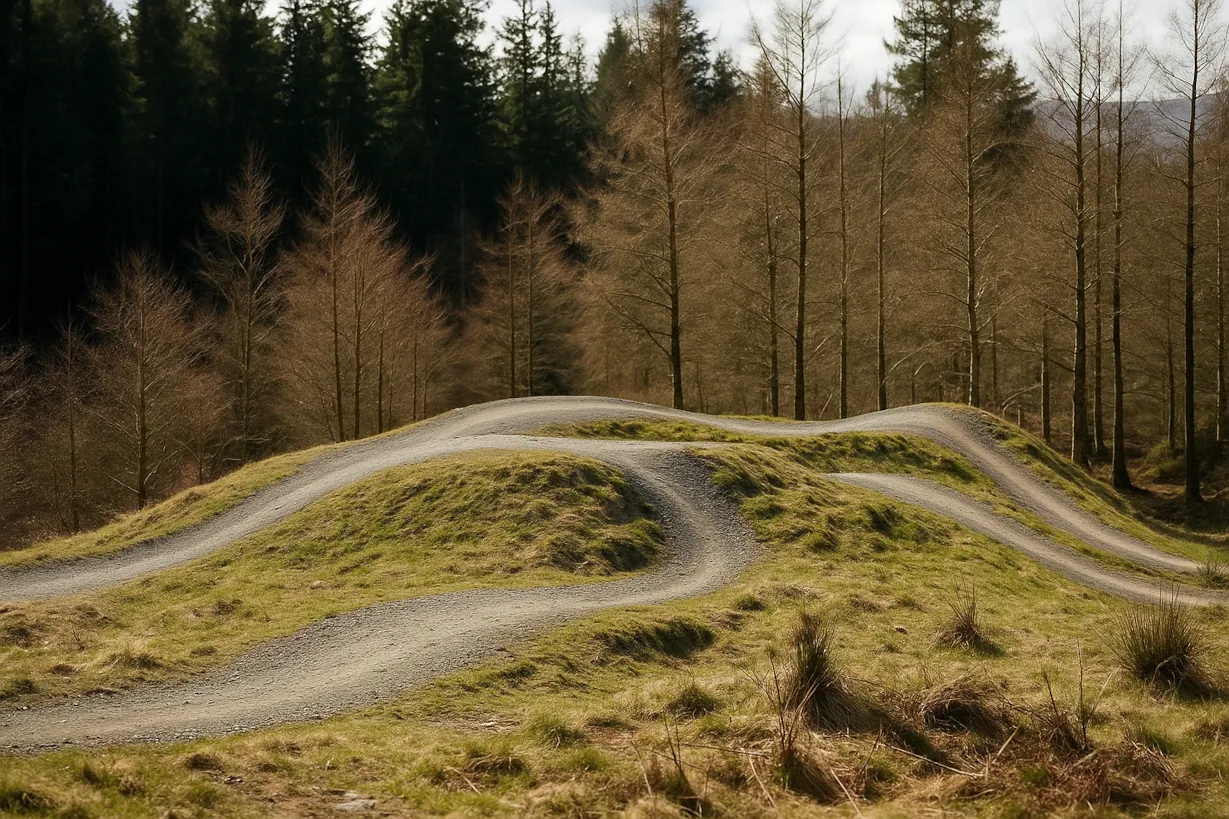
Creating Flow in Trail Design
Master the art of designing trails that create a seamless, rhythmic experience that keeps riders coming back for more.
Overview
Understanding Flow in Trail Design
Learn the key elements that create a seamless, rhythmic trail experience for riders of all skill levels.
"Flow" is that magical quality in a trail that creates a seamless, rhythmic experience where riders feel connected to the terrain and move through it with minimal interruption. A trail with good flow feels intuitive, allowing riders to maintain momentum and experience a state of focused enjoyment often described as "being in the zone."
- Rhythm - Consistent spacing of features that creates a predictable cadence
- Anticipation - Visual cues that prepare riders for upcoming features
- Momentum Management - Strategic use of gravity and terrain to maintain speed
- Line Choice - Multiple options that accommodate different skill levels
- Progression - Gradual build-up of feature size and technical difficulty
- Increased rider enjoyment and satisfaction
- Broader appeal across skill levels
- Better sustainability and reduced maintenance
- More effective use of available terrain
- Enhanced rider progression and skill development
- Reduced user conflict and trail braiding
Types of Flow
While "flow" is often associated with smooth, bermed trails, there are actually several types of flow that can be incorporated into trail design:
Utilizes downhill momentum with berms, rollers, and jumps to create a roller-coaster-like experience. Minimal pedaling required.
Incorporates undulating terrain where riders maintain momentum through a combination of gravity and strategic pedaling.
Creates rhythm through technical features like rock gardens and root sections that are arranged in a readable, predictable pattern.
The best trails often incorporate multiple types of flow, creating varied experiences that keep riders engaged throughout their journey. This tutorial will guide you through the process of designing and building trails with exceptional flow, regardless of your terrain constraints or target audience.